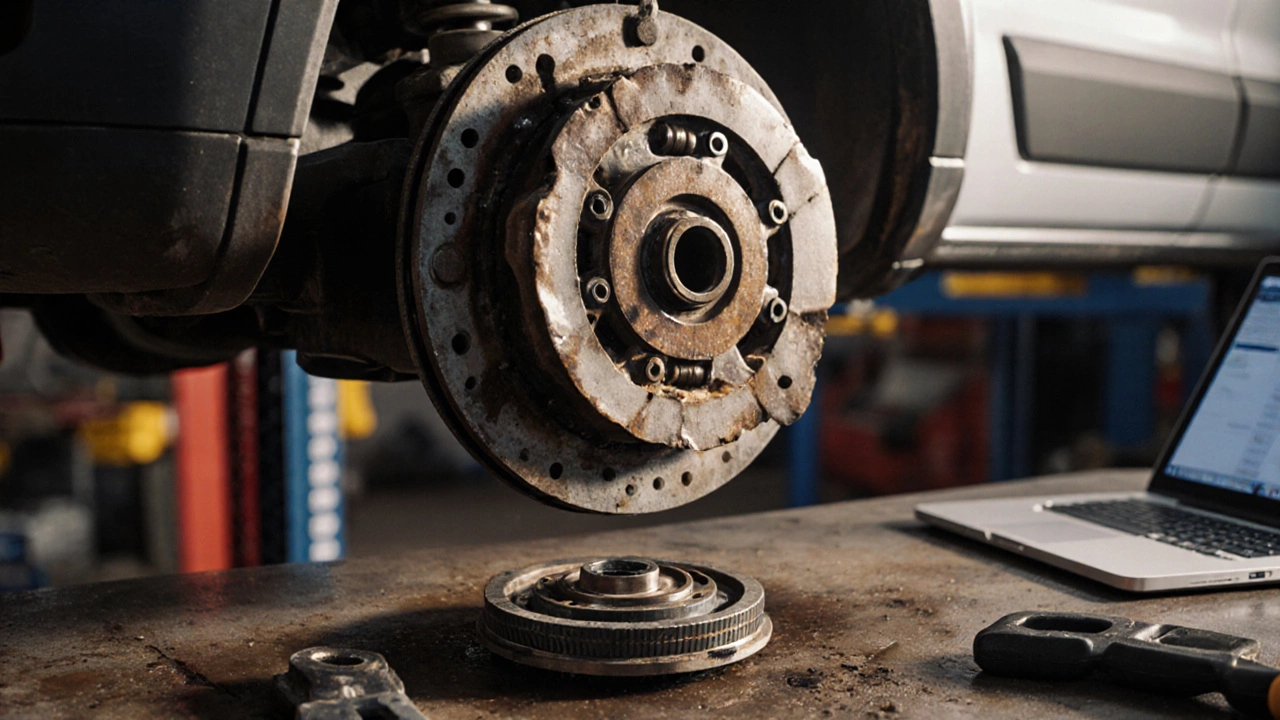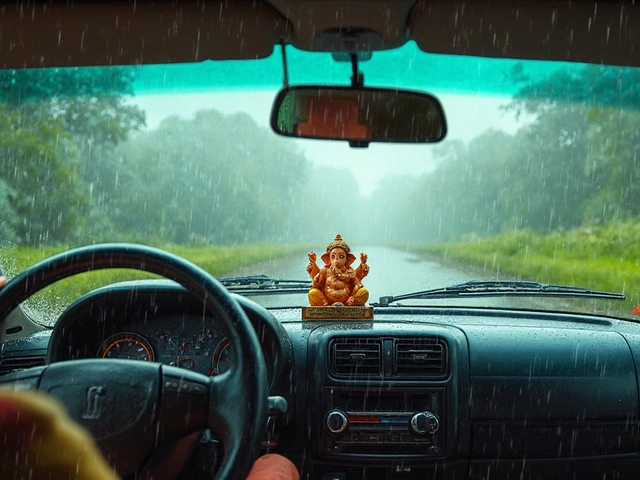
Clutch Repair: Signs, Costs, and What You Need to Know
When your clutch, the component that connects your engine to the transmission and lets you shift gears smoothly. Also known as clutch assembly, it's one of the most abused parts in a manual car. If you feel hesitation when shifting, hear grinding, or notice the pedal feels spongy, your clutch isn’t just worn—it’s begging for attention. Unlike brakes or tires, you can’t see the clutch. You feel it. And by the time you notice the problem, it’s often too late for a simple fix.
A clutch kit, includes the pressure plate, disc, and release bearing—all parts that wear out together over time. Replacing just one piece won’t fix the issue. Most mechanics replace the whole kit because the labor is the same whether you fix one part or all. In India, where traffic jams and aggressive driving are common, clutches often fail before 60,000 miles. Heavy stop-and-go driving, riding the clutch pedal, or clutch kicking (lifting your foot too fast after shifting) speeds up wear dramatically. A clutch adjustment, a simple tweak to the pedal’s free play. can help if the problem is minor, but if the disc is glazed or the pressure plate is warped, adjustment won’t help. You’ll need a full clutch replacement, a job that takes 4 to 8 hours for a pro and costs between ₹15,000 and ₹35,000 depending on your car.
What makes clutch repair confusing is that symptoms overlap with other issues. A slipping clutch feels like the engine revs but the car doesn’t move—similar to low transmission fluid. A noisy release bearing sounds like a whine when you press the pedal, which some mistake for a bad bearing in the gearbox. That’s why knowing the exact signs matters. If your clutch pedal feels higher than usual, or you need to press it deeper to shift, that’s clutch wear. If you smell burning when you’re in traffic, that’s the friction material cooking. And if the car lurches when you release the pedal, the pressure plate is uneven.
Most people wait too long. They ignore the warning signs until the clutch fails completely—leaving them stranded. But clutch repair isn’t always a big bill. Catching it early means less damage to the flywheel, which can cost extra to resurface or replace. Regular checks, avoiding highway driving in low gear, and not resting your foot on the pedal can double your clutch life. And if you drive an older Indian hatchback or a pickup truck used for daily commuting, clutch wear isn’t a matter of "if," it’s a matter of "when."
Below, you’ll find real-world guides on what clutch wear looks like, how long replacements take, how to spot adjustment needs, and why clutch kicking is a silent killer. No theory. No fluff. Just what works for drivers in India.
-
17 Nov

-
3 Nov

How Much Does It Cost to Fix a Burnt Clutch in 2025?
Find out how much it costs to fix a burnt clutch in 2025, including clutch kit prices, labour costs, and tips to avoid overpaying. Real UK examples included. -
13 Oct

Common Signs Your Car Has a Bad Clutch - How to Spot Problems Early
Learn the key symptoms of a bad clutch, how to diagnose issues, when to replace parts, and tips to keep your clutch working smoothly. -
21 Apr

Can a Slipping Clutch Be Tightened? Real Fixes and Hard Truths
Wondering if you can fix a slipping clutch by tightening it? This article digs into what actually causes clutch slip, whether simple adjustments can help, and what your real options are for fixing it. You'll find tips on spotting clutch wear early, signs that it's time for a new clutch kit, and a rundown of the repair costs. Plus, get a clear answer on when DIY fixes just won't cut it.





